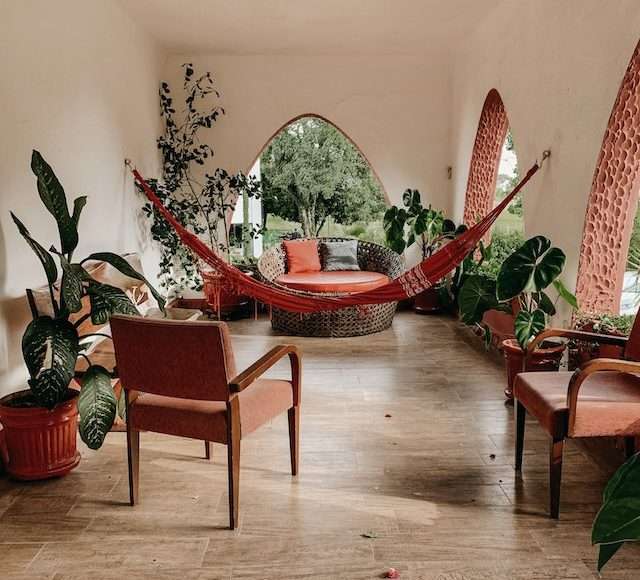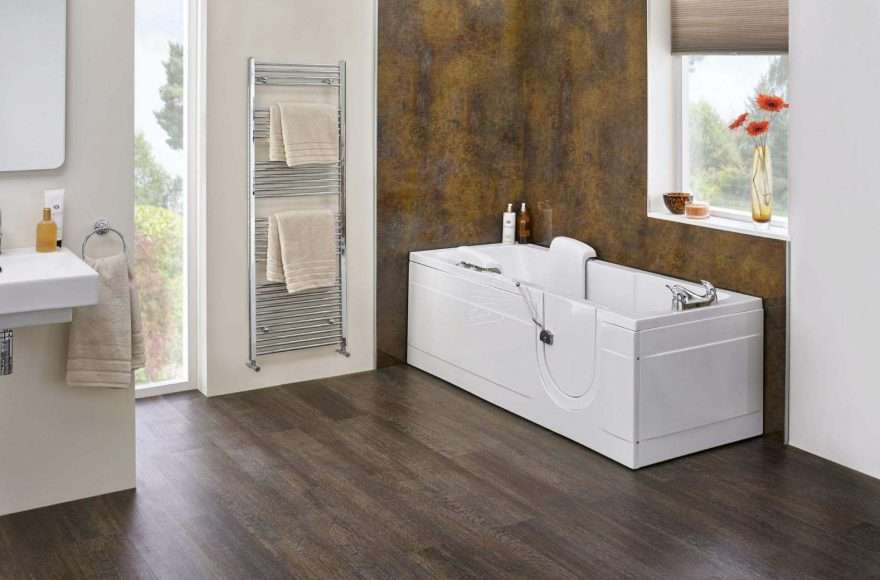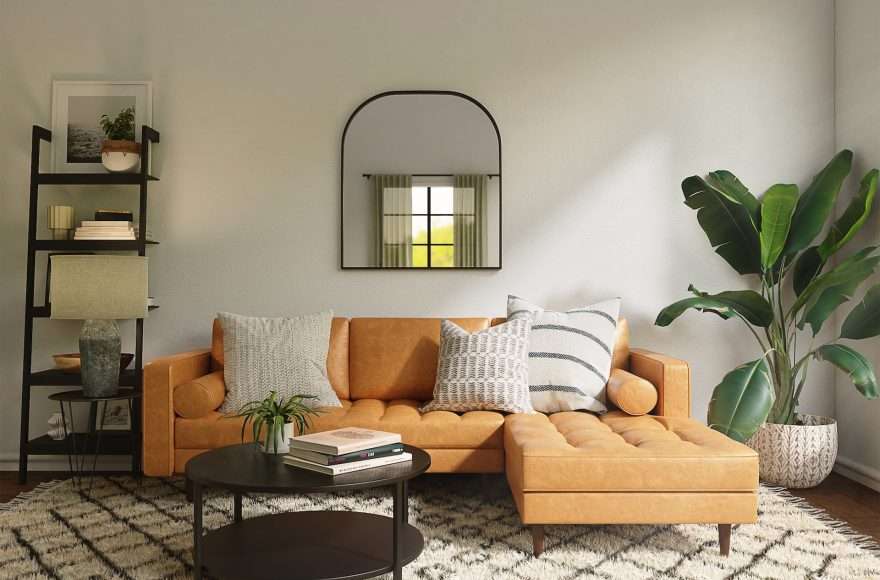Are Genderless Nurseries the New Norm?
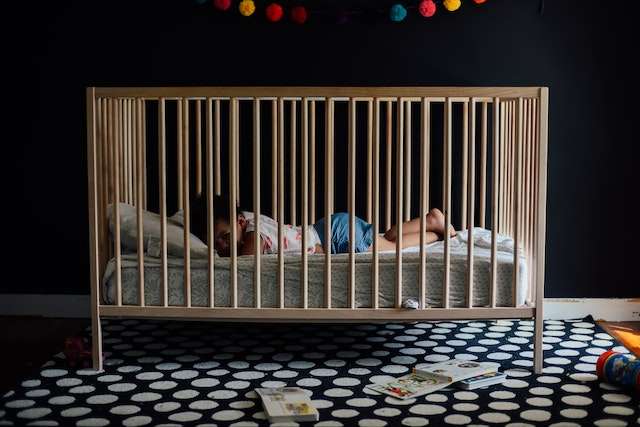
Genderless nurseries – creating a space free from gender stereotypes and allowing for an open, creative environment. It’s something many parents are exploring as they create their baby’s first bedroom or playroom – and it could be the new trend in parenting. From furniture to colour schemes, decorations to toys and books, there are many ways modern-day parents can ensure their nursery reflects these values.
In this blog post, we’ll dive deep into the concept of genderless nurseries, why some choose this option for their family, what design tips you need to know to create your own at home, and other important questions like whether completely gender-neutral living spaces are even possible!
History of Gender-Neutral Nurseries
Gender-neutral nurseries were popularized in the 1970s as part of the postmodern and feminist movements to challenge traditional gender roles. As gender roles became less rigid, some people sought to minimize the sexist implications of consigning children to a pink or blue nursery. By painting their nurseries a neutral colour such as white or yellow, parents made it clear that they wanted their children to grow up free of the expectations placed upon genders by society.
This movement profoundly affected our culture’s attitude towards gender roles. It helped lay the groundwork for later advancements women have made in areas such as politics, career opportunities and athletics. Gender-neutral nurseries are an important reminder that all children should be free to pursue any activity or career regardless of their sex or gender.
Examining the Pros and Cons of Genderless Nurseries
In recent years, genderless nurseries have become increasingly popular in some circles. Creating these spaces challenges traditional assumptions about gender roles and has sparked a lot of debate. The advantages of genderless nurseries include reducing negative stereotypes associated with colours or motifs and allowing parents to commit to the interests of their child rather than having those given by societal expectations.
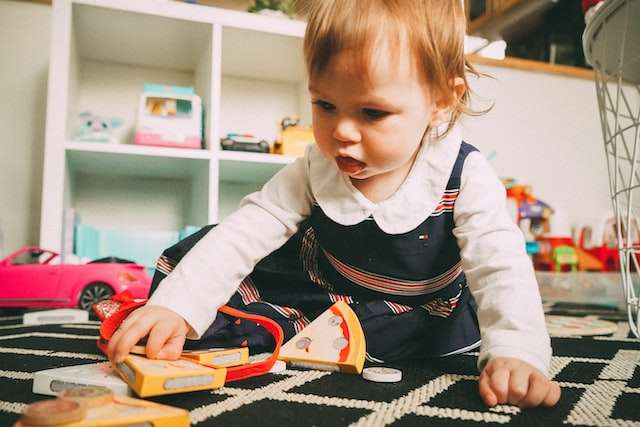
A drawback is that without a clear indication of the child’s gender identity, they may not be able to discover what they feel most connected to in an environment that encourages self-identification. Ultimately, it will take more research and time to understand the full benefits and consequences of raising a child in this way will have. Still, for now, it seems like giving children ample access to opportunities regardless of what is culturally expected is a positive step forward.
The Elements of a Gender-Neutral Nursery
Colour Scheme
Your colour scheme should be the first element you consider when designing your gender-neutral nursery. Neutral colours like white, grey, taupe, and light blues are all great options for creating a calm environment where your child can relax and feel comfortable. You should also avoid traditional “gendered” colours like pink and blue as much as possible; if you want to use them in small doses, make sure they are muted shades that still fit within the overall neutral palette of the room.
Furniture
Once you’ve established your colour scheme, it’s time to choose furniture that fits into that palette. Opt for timeless pieces made of natural materials like wood or rattan; these will lend an air of elegance to the room while still being practical and comfortable. If possible, try to find furniture with rounded edges so that there aren’t any sharp corners where your little one could get hurt. Also, keep safety in mind; choose furniture made of non-toxic materials and coatings so that it doesn’t emit dangerous fumes or particles into the air.
Decorations & Accessories
The final touch is decorations and accessories! When choosing decor items for your nursery, look for simple designs and patterns such as stars or geometric shapes; these will help add visual interest without being too overwhelming for such a small space. Avoid cartoon characters or other overtly “gendered” decorations; instead, opt for items with nature themes or abstract designs that don’t necessarily suggest either gender specifically. Finally, don’t forget about comfort—throw pillows, cosy blankets, and area rugs are all great ways to ensure your baby is snuggled up in style!
How To Make Sure Your Baby’s Room is Age Appropriate
Making sure your baby’s room is age appropriate is a daunting task for new parents. It includes creating a safe environment for the little one while also searching for décor that will grow with them as they age. You want to focus on materials and items that are non-toxic and designed especially with newborns in mind – choosing furniture and decorations without sharp edges, hefty corners, or long strings.
While you may be thrilled to decorate in bold colours and exciting designs, remember that babies not only react differently, but their surroundings can still influence their vision at this stage of life. So, selecting soft-hued walls, items with patterns and contrasting colours will help your newborn develop sight. Adding elements such as night lights, music players, and mobiles will add comfort to the room during nap time or bedtime. And finally, providing plenty of open space for crawling activities will be beneficial too.
Shopping for Furniture That Fits Within a Neutral Nursery Design
Shopping for furniture for your nursery can be a daunting task. When working with a neutral design scheme, it’s important to find flexible and versatile pieces to fit within your room’s overall look without becoming dated as your child grows. While pieces like cribs, wardrobes, and changing tables should be the primary focus of your search, you’ll also want to consider other items, such as chairs or ottomans, that will give the room a cosy, inviting feel.

Neutral colours like grey, white, beige, and brown work well when designing a nursery with versatility in mind. Incorporating basic geometric shapes into your design will also add character while being appropriate for any age group. Shopping for furniture that fits within a neutral nursery can be done effectively with careful planning and knowledge of colour pairings and design elements you’d like to have in the room.
Exploring DIY Projects for your Neutral Baby Room
Having a baby can be a fascinating time, with so many decisions to make about everything from colours to furniture and decorations for the nursery. If you decide on neutral colours for your baby’s room, you may think about giving it personality without going too bright or colourful. To decorate with a personal touch, consider exploring DIY projects!
Many tutorials and ideas available online will help you turn inexpensive materials into wall art, mobiles, area rugs, storage boxes, and so much more. With a bit of creativity and elbow grease (and maybe some help from Pinterest!), you don’t need to spend a small fortune on nursery decor – instead, have fun creating something special just for your little one!
Revamping an Old Room To Suit a Neutral Nursery Theme
Revamping a room to make it perfect for a new baby can be an exciting challenge. You can completely transform the existing space and make it work with a beautiful neutral nursery theme. Start by painting the walls in soothing hues of white, cream, or light grey, then add touches of decor such as colourful wall art and plush floor rugs that add texture and interest.
Choose furniture pieces like wicker baskets and natural wooden elements that match your chosen colour palette and meet the functional needs of child care, such as diaper changing stations and ample storage for essentials. Last but not least, select a light fixture that softens the room with a warm glow so that you and your baby will have plenty of cuddle time throughout the day!
Colour Schemes and Accessorising for a Gender-Free Nursery
Decorating a nursery for a child without considering their gender can be exciting. To ensure your baby’s room is timeless, versatile, and gender-neutral, begin by choosing a neutral colour palette of whites, soft pastels and natural textures like wood. Natural shades of green, brown, white and hints of blue are sure to provide visual appeal throughout the nursery. Consider using pops of colour as accents, such as yellow, for extra vibrancy or oranges to bring warmth.

Accessorizing with toys can become tricky with a gender-free nursery, but you could go for classic pieces in muted tones that are open-ended such as dolls or figurines made from organic materials; they need not have any particular gender traits or stereotypes attached to them. Colours interact in many ways, so pay attention to how different hues combine to create an aesthetically pleasing balance within your chosen design scheme. With creative thought when selecting the right colours and items, you can quickly turn your nursery into an inviting space designed for joyous discovery!
Conclusion
While many benefits come with having a genderless nursery, it is ultimately up to the parents to decide what is best for their child. What matters most is that the baby feels loved and comfortable in their own space. If you are thinking about creating a genderless nursery, take some time to consider all of your options and research different ways to make it happen. There are endless possibilities when designing a special place for your little one!
